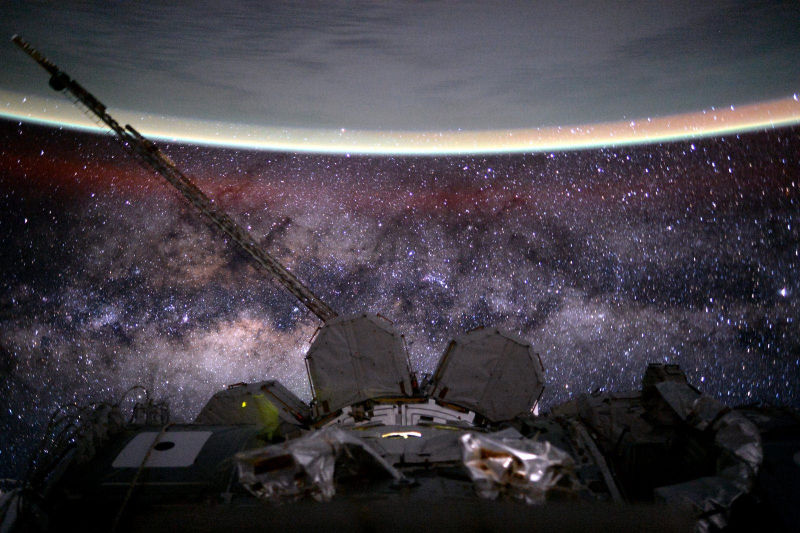
David Bowie will live on forever in the outer reaches of our solar system. Since last year, a rock in the main asteroid belt has borne his name—a fitting tribute to the mad, crazy, and wonderful artist.
Soft, squishy humans are depressingly short-lived, brief flares of creativity in the vast entropy of our universe. Yet their energy can live on forever in stories, astronomical tributes, and the racing electromagnetic radiation of their past performances.
Bowie’s works are encompassed within the expanding bubble of broadcasts echoing out from Earth. All the rocks, stars, dust, and ice between us and Kruger 60 (46 lightyears away) know the haunting lament of “Space Oddity,” while DX Cancri (34 lightyears from Earth) still has another year to wait before learning of “Modern Love.” Kaypten’s Star (42 lightyears away) spent the last year rocking out to “Rock’n’Roll Suicide,” and has “Panic in Detroit” to liven up the year ahead. Our nearest neighbor Alpha Centauri won’t even learn of Bowie’s passing until next year.
This legacy of music keeps growing, lightyear upon lightyear of propogating electromagnetic energy. By the time Van Maanen’s star (53 lightyears from Earth) gets its first hint of Bowie fever, the musician will have the requist 50 years of cultural influence to qualify him to join the craters of Mercury.
But while waiting to potentially join “Gabby” Pahinui, John Lennon, Hector Berlioz, and Enrico Caruso on the planet closet to the Sun, Bowie has another rock in space. Out in the main asteroid belt between Mars and Jupiter dances asteroid 342843, otherwise known as Davidbowie.
Sponsored
342843 Davidbowie only gained its name on January 5, 2015. It’s a wee wedge of rock with an absolute magnitude of 17.1, far too faint to see with anything short of a professional telescope. Although it was first observed in 2003, it wasn’t recongized as a new discovery until 2008. Fittingly, its orbit is just a bit eccentric, and it does things at its own pace by taking a leisurely four and a half years to complete a single trip around the Sun. If you’re in the Southern hemisphere, you can offer a salute goodbye to Davidbowie by gesturing at the space between the constellations Sagittarius and Scorpio.
Goodbye, Starman. You will not be forgotten.
[JPL]
Top image: The Earth and Milky Way as seen from the International Space Station. Credit: NASA/Scott Kelly
